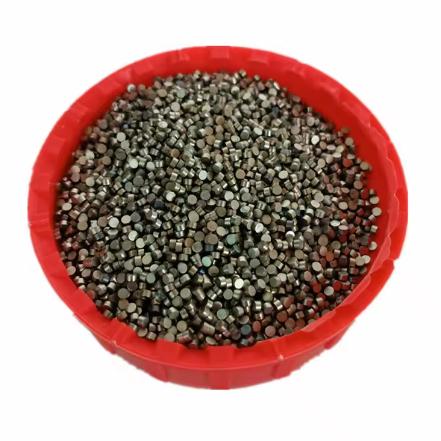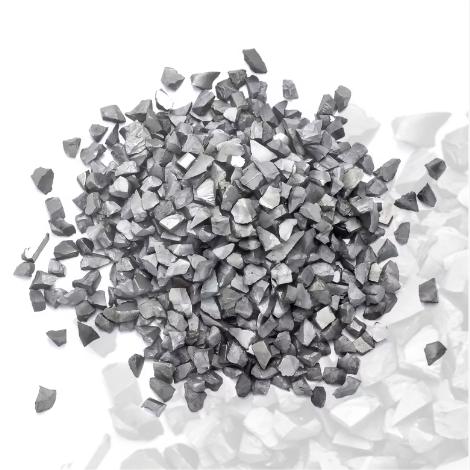**The Hidden Dangers Lurking in Your Gym’s Metal Weight Plates**
(Are Chipped Metal Weight Plates Bad For You)
Picture this. You’re mid-workout, dripping sweat, pumping iron. Your hands grip a chunky metal weight plate. Then you notice it. A jagged chip along the edge. Maybe you shrug. Maybe you wonder—could this thing actually hurt you? Let’s dig into the gritty truth about chipped metal weights.
First, think about rust. Metal plates chip over time. Exposed edges meet moisture. Rust creeps in. This isn’t just ugly. Rust weakens the metal. A badly chipped plate might crack under pressure. Imagine dropping a heavy load only to see it split. Not ideal. Worse, rust flakes can stain floors, clothes, even your skin. Not exactly the kind of “gain” you want.
Next, sharp edges. Freshly chipped plates turn into mini blades. Your hands slide over them during lifts. One wrong move and you’ve got a cut. Even small nicks can scrape skin. Ever tried a clean-and-jerk with a bleeding palm? It’s distracting. Worse, sharp edges tear up gym bags, benches, or equipment. Suddenly, your cheap plates cost more in repairs.
Then there’s the noise. Metal plates clang. Chipped ones? They’re louder. Dropping a damaged plate sounds like a car crash. Your ears ring. Your gym buddies glare. Home gym users risk annoying neighbors. Noise won’t kill you, but it sure kills the vibe.
Some say chipped plates work fine. They’re just cosmetic, right? Maybe. But precision matters. A badly chipped plate might wobble on the bar. Uneven weight distribution strains your wrists, elbows, shoulders. Lift long enough, and imbalances creep in. Injury follows. Your form suffers. Progress stalls. All because of a $2 plate.
What about hygiene? Chips trap grime. Dust, sweat, bacteria hide in those crevices. You touch the plate, then wipe your face. Hello, breakout—or worse. Gyms aren’t hospitals, but gross equipment isn’t helping anyone.
Now, durability. Cheap metal plates chip faster. High-quality ones resist damage, but nothing lasts forever. Regular inspections help. Check for deep chips, rust patches, warped shapes. A few scratches? No big deal. Cracks or flaking metal? Toss it. Your safety’s worth more.
Maintenance matters. Wipe down plates after use. Store them dry. Coat minor chips with rust-resistant paint. These steps slow decay. Still, prevention beats repair. Invest in coated plates if you can. Rubber or urethane coatings protect against chips, reduce noise, feel nicer to handle.
Gyms often stick with metal plates because they’re cheap. They pile them high, ignore wear and tear. You don’t have to. Speak up if your gym’s gear looks dangerous. Managers might replace damaged plates. If not, find a better gym. Your health isn’t a bargaining chip.
(Are Chipped Metal Weight Plates Bad For You)
In the end, chipped plates aren’t silent killers. But they’re not harmless either. Like most things, awareness fixes half the problem. Keep your eyes open. Prioritize function over frugality. Lift smart, stay safe, and let those gains come without the baggage.
Inquiry us
if you want to want to know more, please feel free to contact us. (nanotrun@yahoo.com)


